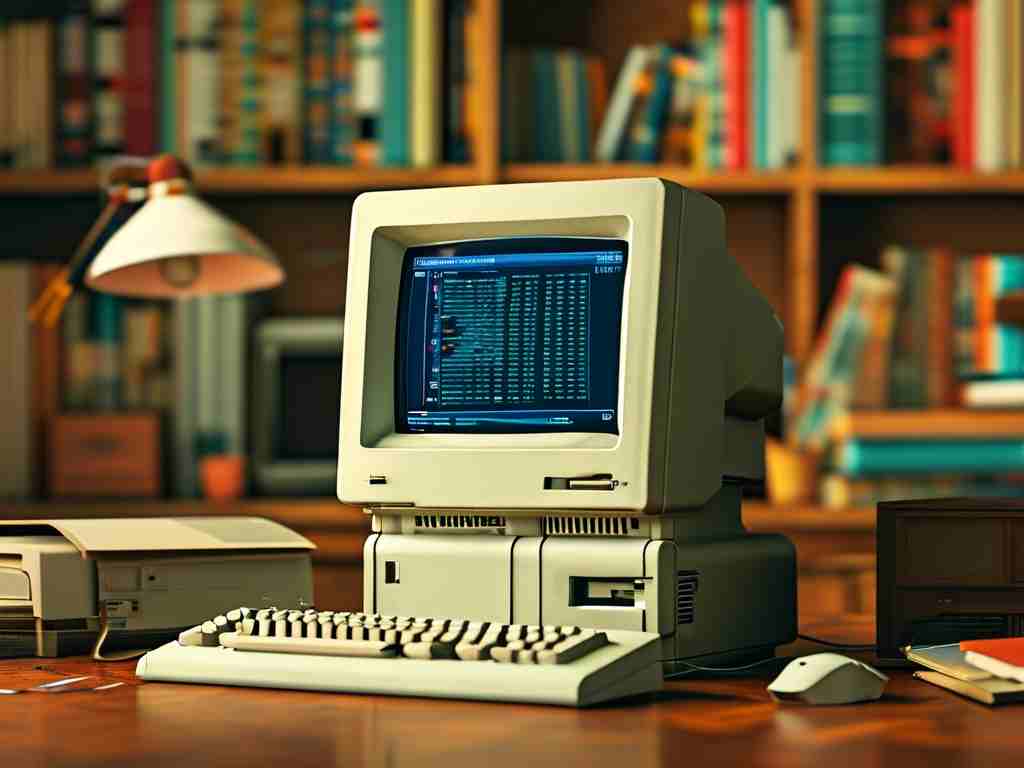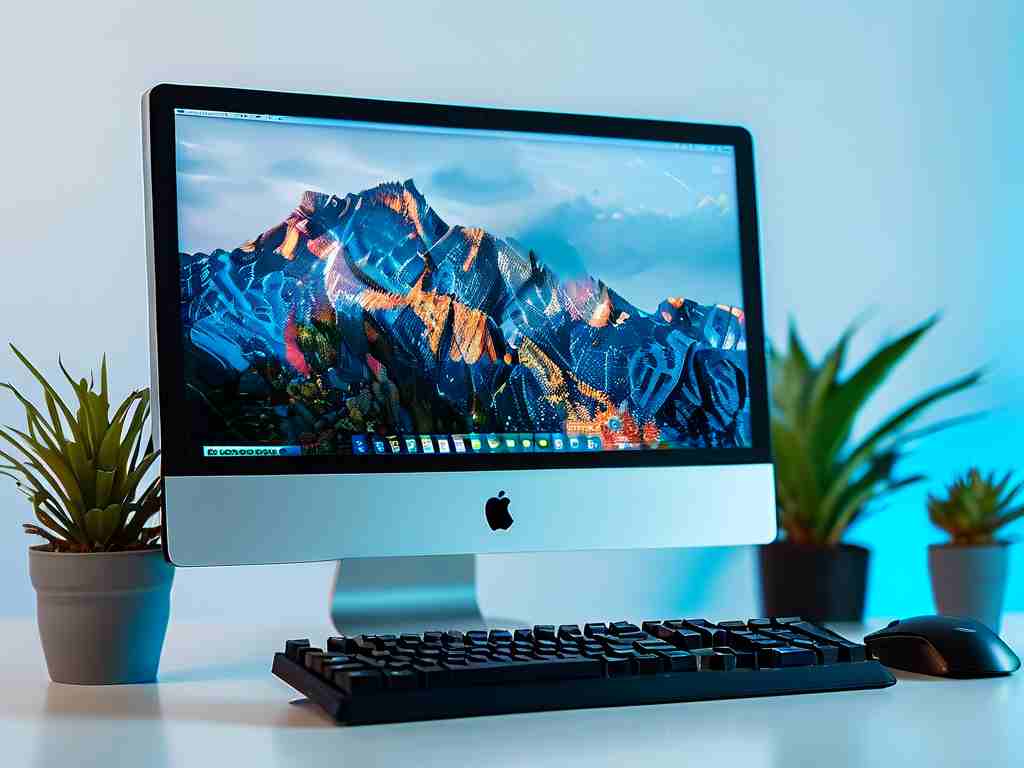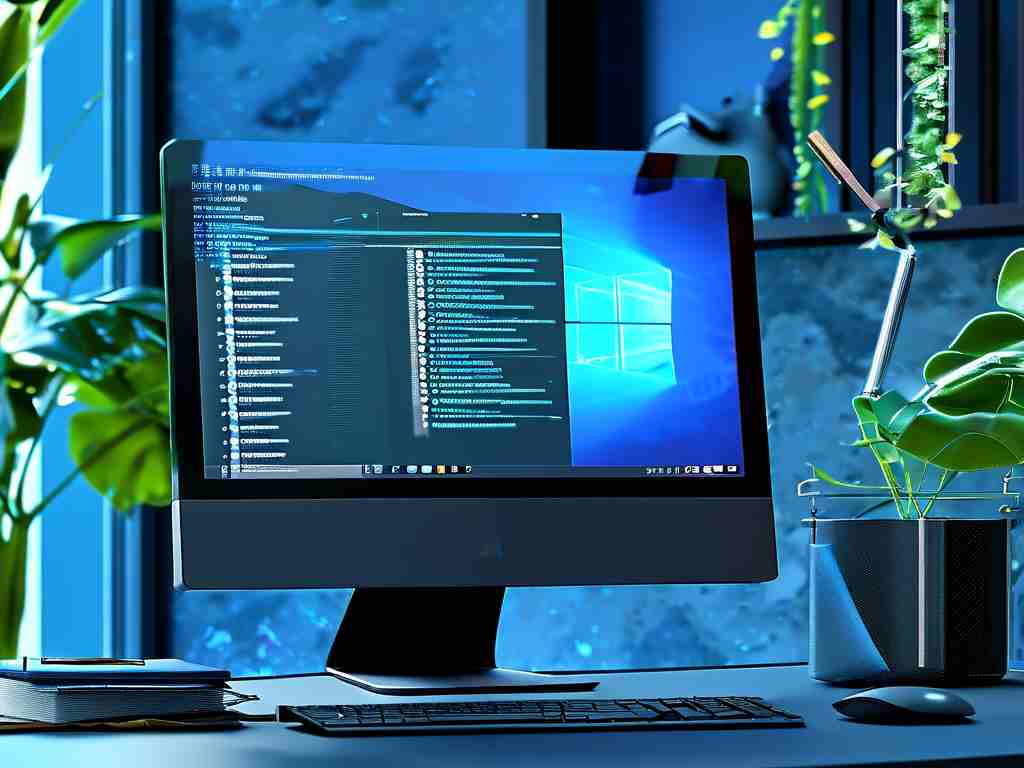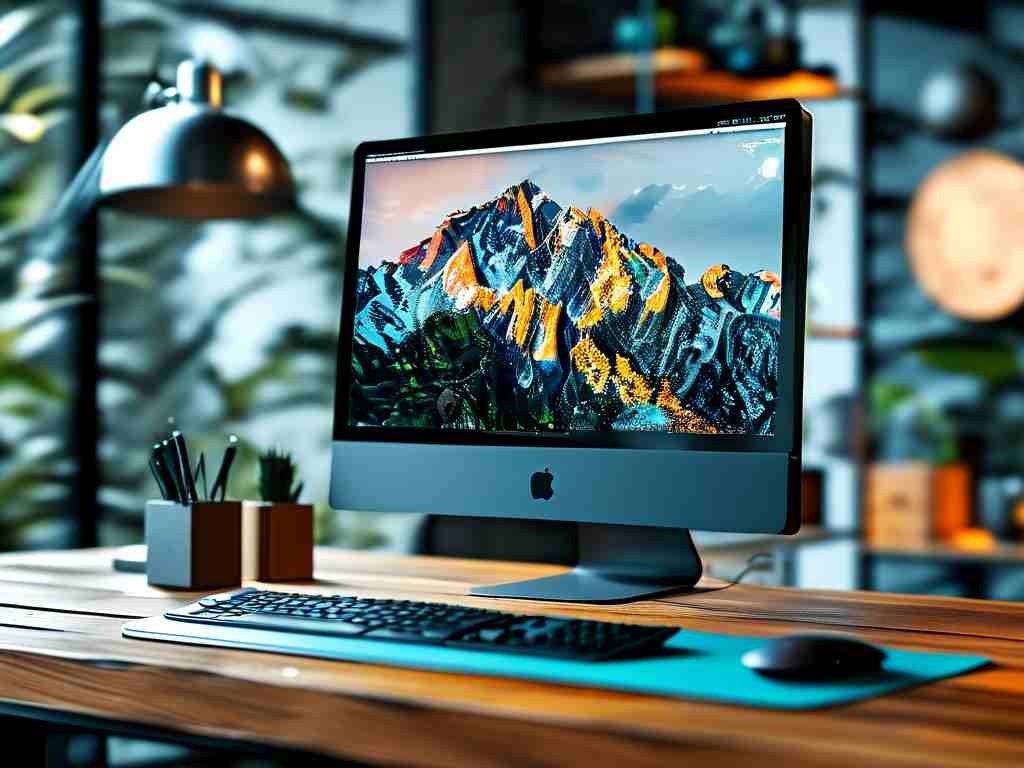When your computer struggles with memory-intensive tasks, the frustration is real. Modern software demands increasingly more RAM, and when resources run low, systems slow to a crawl or crash unexpectedly. This technical challenge affects both casual users and professionals across various fields. Let's explore practical strategies to address memory limitations without requiring advanced technical expertise.

Understanding the root cause is essential. Memory shortages typically occur when applications consume more RAM than physically available. Common culprits include multitasking with resource-heavy programs, processing large files (such as 4K video editing), or memory leaks in poorly optimized software. Windows Task Manager or macOS Activity Monitor provide real-time insights into memory consumption patterns.
For immediate relief, start by terminating unnecessary background processes. Many applications run stealth processes that linger after closing. On Windows, press Ctrl+Shift+Esc to access Task Manager, sort processes by memory usage, and end non-critical tasks. Mac users can use Command+Space to launch Spotlight, search for Activity Monitor, and identify memory-hogging applications.
Virtual memory expansion offers a temporary solution. Modern operating systems use hard drive space as supplemental RAM through paging files. To optimize this in Windows 10/11:
- Right-click Start Menu > System > Advanced system settings
- Under Performance section, click Settings > Advanced
- In Virtual Memory section, click Change
- Uncheck automatic management and set custom size (1.5x physical RAM recommended)
Hardware upgrades provide permanent solutions. Installing additional RAM modules remains the most effective method. Before purchasing, check your motherboard's specifications using tools like CPU-Z (Windows) or System Information (Mac). For laptops, consult manufacturer guidelines – some ultra-thin models have soldered memory that can't be upgraded.
Software optimization plays a crucial role. Memory leaks in applications can gradually consume available resources. Developers often release patches for such issues. Regularly update your operating system and critical software. For web browsers – notorious memory consumers – limit open tabs and consider using memory-efficient alternatives like Firefox or Brave instead of Chrome.
Advanced users can employ memory compression techniques. Windows 10 introduced memory compression through the "SysMain" service (visible in Task Manager's Performance tab). macOS utilizes similar technology called Memory Compression, visible in Activity Monitor's Memory Pressure graph. These features automatically compress inactive memory pages, effectively increasing usable RAM capacity.
Storage optimization indirectly affects memory performance. Ensure at least 15-20% free space on your system drive for proper virtual memory operation. Use built-in tools like Disk Cleanup (Windows) or third-party utilities like CCleaner to remove temporary files. Defragment HDDs regularly (unnecessary for SSDs) to improve swap file efficiency.
For persistent issues, consider architectural changes. Cloud-based solutions offload processing to remote servers – Google Stadia for gaming or Adobe Cloud for design work reduces local memory demands. Containerization tools like Docker help isolate application memory spaces, preventing system-wide crashes from single program failures.
Enterprise environments benefit from memory deduplication technologies. VMware ESXi and Microsoft Hyper-V hypervisors employ transparent page sharing to eliminate duplicate memory content across virtual machines. This advanced technique can improve memory utilization by up to 30% in virtualized environments.
Preventive maintenance ensures long-term stability. Schedule monthly memory diagnostics using Windows Memory Diagnostic Tool or MemTest86. Monitor application behavior – sudden memory spikes might indicate malware activity. Antivirus software with memory protection features (like Bitdefender's Advanced Threat Defense) adds an extra security layer.
Emerging technologies promise future solutions. Microsoft's Pluton security processor and Apple's Unified Memory Architecture demonstrate hardware-level memory optimization trends. For immediate needs though, combining software tweaks with strategic hardware upgrades remains the most practical approach to overcoming memory limitations.









